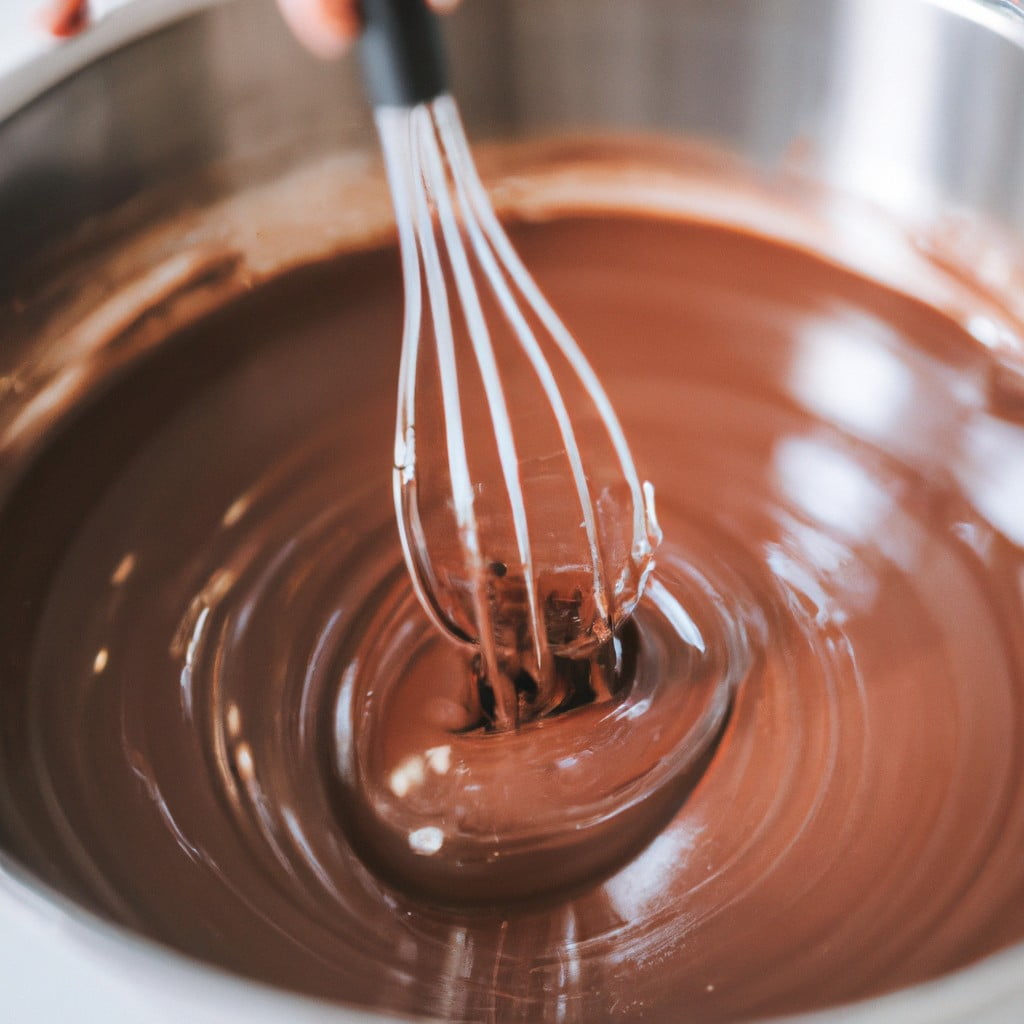Learn the simple methods to thin out melted chocolate for a perfectly smooth and pourable consistency.
Key takeaways:
- Choose high-quality chocolate for smooth melt.
- Gently simmer water for indirect heat.
- Add fat like cocoa butter to reduce viscosity.
- Adjust with warm milk or cream for desired consistency.
- Avoid water to prevent seizing.
Inside
Choose the Right Type of Chocolate

Selecting a high-quality chocolate is crucial for achieving a smooth, rich melt. Dark chocolate with a higher percentage of cocoa solids typically melts evenly and thins out well when a fat is added. Milk and white chocolates, containing more milk solids and sugars, may require careful attention to avoid burning and may not thin as readily.
Chocolate chips are convenient, but they often contain stabilizers that can affect consistency, so they’re best used for applications where a slightly thicker result is acceptable. For a professional finish, couverture chocolate is recommended, with its higher cocoa butter content creating a silky, fluid melt ideal for coating or detailed work.
Always ensure the chocolate is fresh and has been properly stored to prevent blooming, which can affect the melting process.
Gently Simmer Water for Bain-Marie
Begin by filling a pot with a small amount of water—just enough to provide heat without touching the bottom of the bowl that will sit on top. Bring the water to a light simmer over medium heat. The steam from the simmering water provides indirect, gentle heat when you place a heatproof bowl on top of the pot, ensuring the chocolate melts without scorching. It’s crucial to keep the water at a gentle simmer rather than a rolling boil; too much heat can lead to burnt chocolate, altering its taste and texture.
Always ensure the bowl fits snugly over the pot to prevent steam from escaping and to maintain an even temperature for melting.
Add a Fat Such As Cocoa Butter, Vegetable Oil, or Clarified Butter to Thin Chocolate
Incorporating a small amount of fat into the chocolate can effectively reduce its viscosity. Cocoa butter is the most seamless addition, as it is already a component of chocolate. It melds with the mixture without altering the flavor profile while ensuring a smooth, glossy finish.
Vegetable oil, while slightly altering the taste and texture, can be used judiciously if cocoa butter is unavailable. Clarified butter, another alternative, brings a rich decadence to the final product.
To ensure success, introduce the fat gradually, starting with as little as a teaspoon per ounce of chocolate. Melt the fat separately before blending it into the melted chocolate to achieve a uniform consistency. Stir consistently to integrate the fat and avoid overuse; too much can make the chocolate oily or cause it to set improperly.
Adjust With Warm Milk or Cream for Desired Consistency
Incorporating warm milk or cream can further refine your chocolate’s texture. Begin by heating the liquid until it’s just warm, not boiling, to prevent the chocolate from seizing. Gradually stir in small amounts until you achieve the smoothness you desire.
This method is particularly effective for fondue or sauce applications. Remember, the key is to add the liquid slowly and consistently, ensuring the chocolate remains glossy and evenly mixed. Keep an eye on the consistency; it’s easier to add more liquid than to correct an overly thin mixture.
Avoid Seizing By Not Introducing Water
Chocolate is sensitive to moisture and the smallest drop of water can cause it to seize, leading to a grainy texture. Seizing occurs when the dry particles of cocoa solids clump together and separate from the cocoa butter.
To prevent this:
- Ensure all utensils — bowls, spoons, or spatulas — are completely dry before they come into contact with the chocolate.
- Cover the melting bowl to prevent steam from entering the chocolate if using a double boiler.
- Dry off the bottom of the bowl when removing it from the double boiler to avoid water droplets finding their way into the chocolate.
- Use a fat that doesn’t contain water (like cocoa butter or clarified butter) when thinning your chocolate.
- If adding flavors or extracts, use oil-based rather than water-based varieties to maintain the smooth texture of your melted chocolate.
Related
- How to Fix Seized Chocolate: Simple Steps to Salvage Your Dessert
- How to Melt Chocolate Chips: Straightforward Steps and Tips
- Melting Chocolate for Dipping: Easy Steps to Perfect Results
- How to Melt White Chocolate: Easy Steps for a Smooth Result
- How to Melt White Chocolate Chips: Simple Steps for Smooth Results